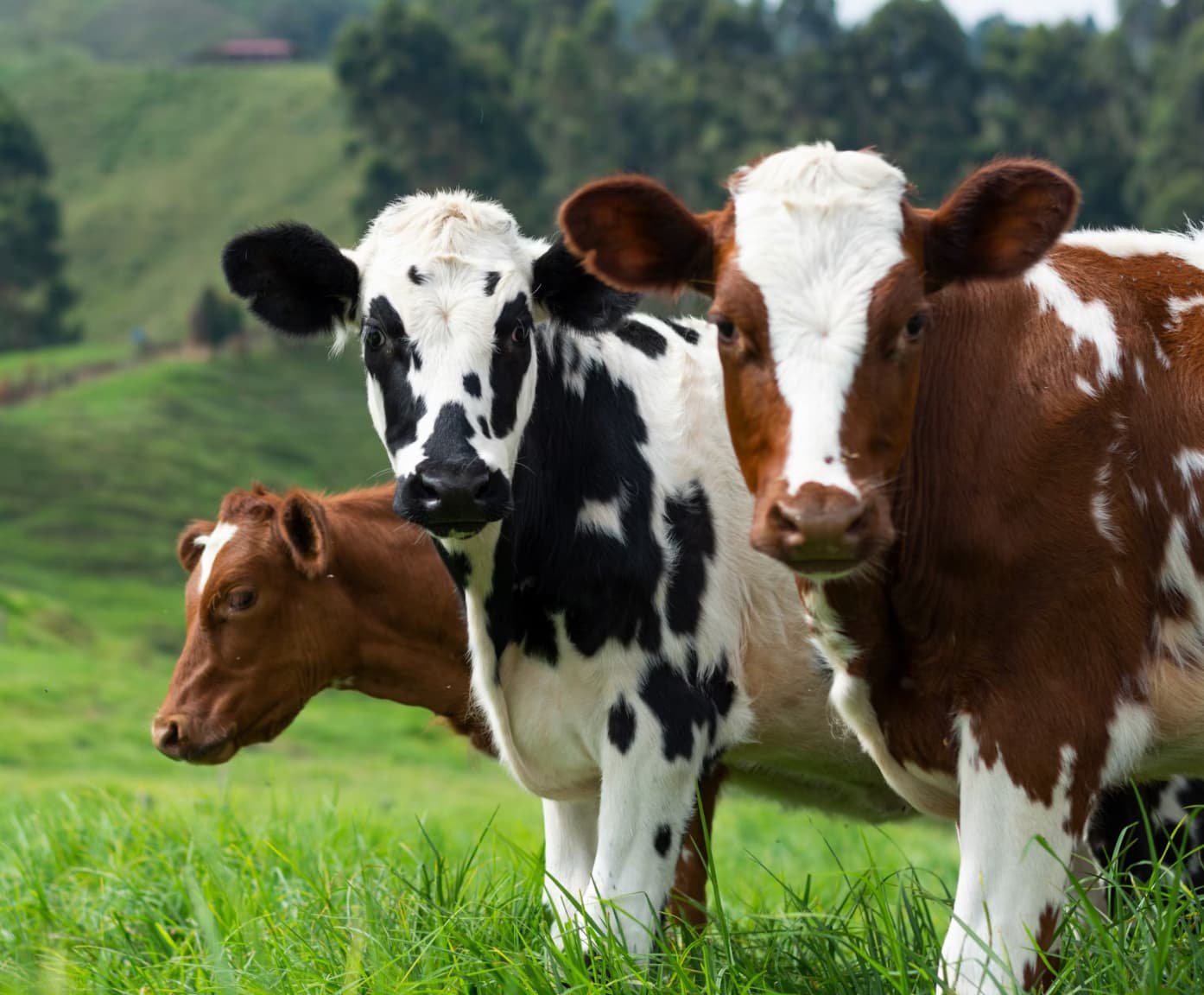TABLE OF CONTENTS
Obturator Nerve Paralysis in Cows and Buffaloes: Causes, Symptoms, Prognosis, and Treatment
Obturator nerve paralysis is a common postpartum condition in large animals, especially cows and buffaloes, resulting from pressure or injury to the obturator nerve during difficult calving.
This nerve, which passes through the pelvic cavity, can be compressed by the fetal head or pelvis, particularly in cases of dystocia or forced extraction.
General Considerations
This condition occurs in mares and cows, but it is more common in heifers than in adult cows. Before relieving dystocia due to hip lock in anterior presentations, it is important to rule out obturator nerve paralysis.
Always examine the animal carefully before performing any obstetrical operation, and if paralysis is detected, inform the owner to avoid being blamed for the injury later.
Obturator paralysis may affect one or both rear limbs. In a recumbent cow with hip lock, the underneath leg is usually the most severely affected.
The injury is caused by the bony tuberosities of the fetal hips, especially the greater trochanters, pressing against the obturator nerve. This pressure occurs either as the nerve crosses the lumbosacral articulation or, more commonly, as it passes down the ilium before entering the obturator foramen.
In heifers, it is especially common in prolonged dystocia with hip lock. However, when strong traction is applied quickly, either manually or with a fetal extractor, obturator paralysis rarely occurs because the pressure is not prolonged.
Symptoms
Obturator nerve paralysis causes paralysis of the medial, or adductor muscles of the thigh, which include the obturator externus, pectineus, adductor, and gracilis muscles.
These muscles are responsible for bringing the hind limbs together, and when affected, the animal is unable to adduct its limbs properly, often resulting in a splayed or ‘split’ stance.
If unilateral
- Cow can stand on the unaffected limb and as it walks the affected limb is moved stiffly forward and is abducted so the foot is placed on the ground 6 to 10 inches lateral from the normal position.
- Cow is unsteady and is likely to slip and fall.
If bilateral
- Both limbs are stiffly extended and abducted.
- Cow usually is unable to rise.
- If assisted to its feet and the hind limbs held together, the animal can stand but when it takes a step the limb is abducted and it falls to the ground.
Prognosis
- If paralysis is severe and bilateral, prognosis is guarded
- If mild and the animal can walk, even though with difficulty, prognosis good.
- In most cases the condition improves rapidly and in 2 to 7 days the animal is able to walk quite well.
- Some may take longer for recovery, even up to 4 to & weeks.
- In rare cases the damage to the obturator nerve may be severe and permanent. The chances for recovery after 2 to 3 weeks are poor, and slaughter may be recommended.
Treatment
- Good nursing
- Tying the animal’s feet together in order to prevent excessive abduction and possible complications of a dislocated hip or fractured pelvis.
- Use of straps such as hame straps around the pasterns tied with a 14 to 20 inch length of rope or chain aids in preventing abduction of the limbs and helps the animal to rise.
- Some veterinarians strap or tie the hocks together but it is difficult to fasten straps or ropes above the hocks tightly enough so that they do not slide down and yet loosely enough to allow movement of the gastrocnemius tendon.
- Use of slings in the mare and occasionally in the cow may be of value in assisting the animal to rise to its feet and supporting it for a short period.
- Keep in a well-bedded large box stall or pen, preferably with a dirt floor.
- Under such conditions, dairy cattle should be milked by rolling the cow first to one side and then to the other.

